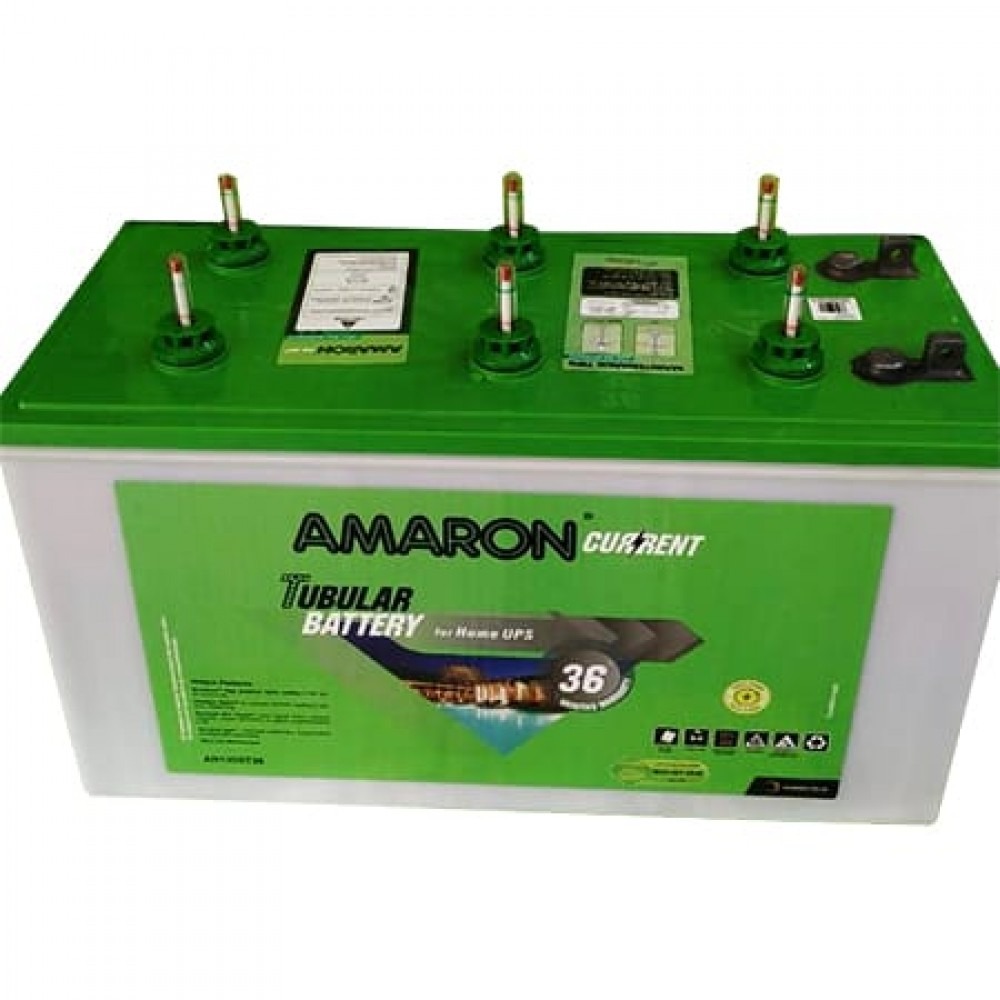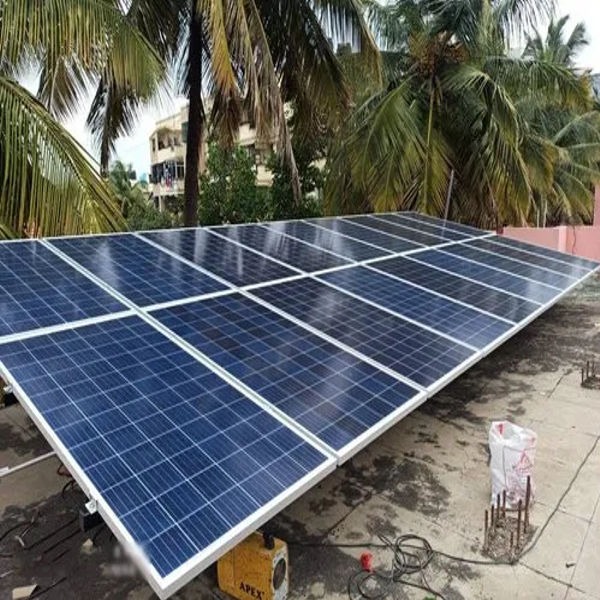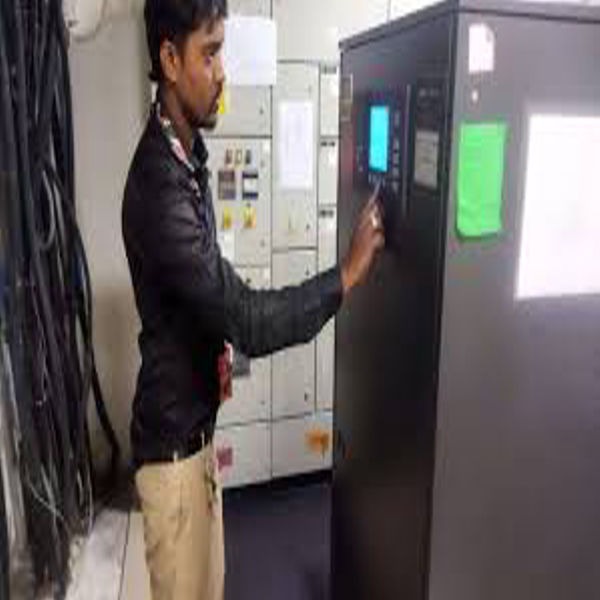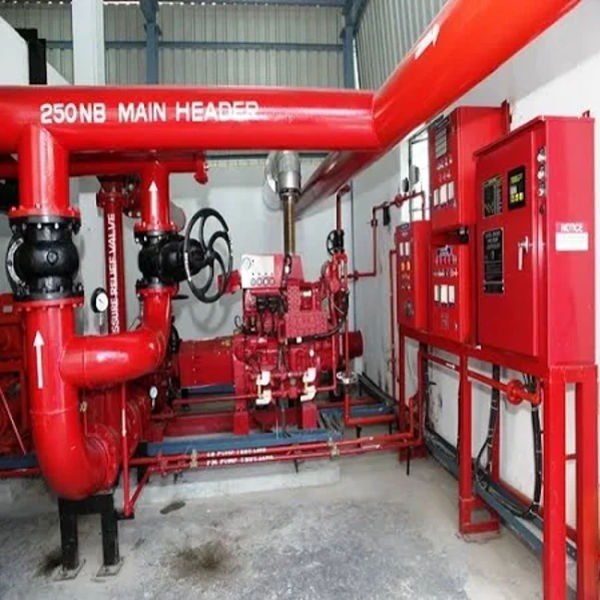
Inverter batteries come in various types, each designed to meet specific energy storage needs and usage patterns. The most common types include lead-acid batteries, which are further divided into flat plate and tubular batteries. Flat plate batteries are typically more affordable and suitable for areas with short, frequent power cuts, while tubular batteries are more robust, durable, and ideal for regions with long power outages. Another popular category is sealed maintenance-free (SMF) batteries, which require no maintenance and are safer due to their sealed design, making them ideal for indoor use. However, they usually have a shorter lifespan than tubular batteries. Lithium-ion batteries are the most advanced type, offering faster charging, longer life, lighter weight, and higher efficiency. Although they are more expensive upfront, they are increasingly preferred for modern inverters and solar systems due to their low maintenance and compact design. Each type of inverter battery has its own pros and cons, and the best choice depends on factors like budget, power backup requirements, available space, and frequency of power cuts.



